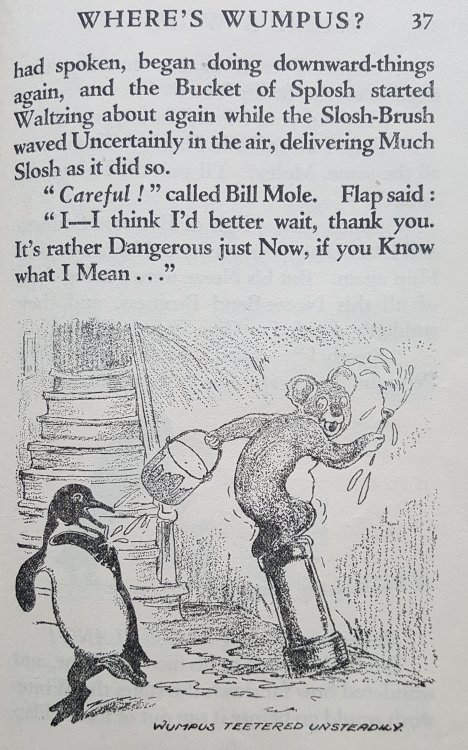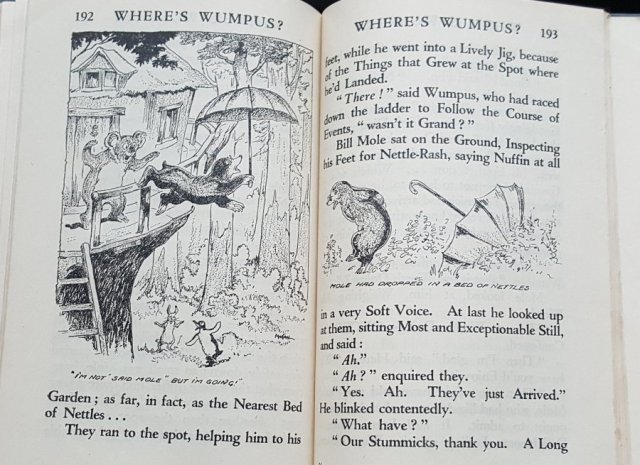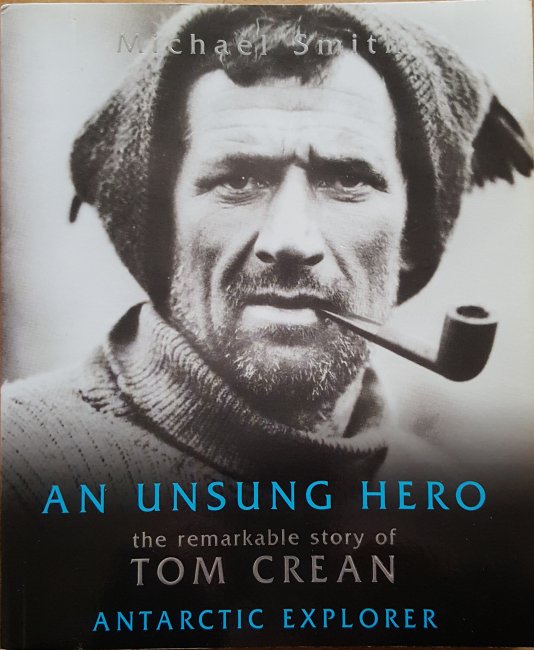I saw that island first when it was neither night nor morning. The moon was to the west, setting, but still broad and bright. To the east, and right amidships of the dawn, which was all pink, the daystar sparkled like a diamond. The land breeze blew in our faces, and smelt strong of wild lime and vanilla: other things besides, but these were the most plain
So begins The Beach of Falesá one of Robert Louis Stevenson’s lesser known tales which is set in his beloved South Pacific where he lived from 1888 until his sudden death in 1894 aged just forty four. He is buried in Samoa.

My edition of this book was published by The Folio Society in 1959 and is illustrated by the wonderful Clarke Hutton who also illustrated many of the Penguin and Puffin books on my shelves. At just under twenty nine thousand words it is more of a novella than a novel, although the Folio edition stretches it to 129 pages including a ten page introduction by H E Bates. The story was originally printed in the Illustrated London News and is normally published along with two much shorter stories (The Bottle Imp and The Isle of Voices) under the title of Island Nights Entertainments. The tale concerns the arrival of John Wiltshire to take up his post as a trader on the island to replace John Adams who had died in mysterious circumstances and how he finds out what is really going on.
Large parts of the book, specifically conversations between the Europeans and the natives are written in Pidgin English which can be off putting at first and it is also assumed that you know what several words that Stevenson would have understood actually mean. For example the main product that the trader is there to collect in payment for his goods is copra – the dried white meat of a coconut used to produce coconut oil. He also refers to the natives as Kanaka which is here used as a generic term for Pacific island workers but originally derives from the indigenous peoples of New Caledonia. Coconut is also spelt throughout as cocoanut which is now an archaic spelling.

On arrival Wiltshire meets another trader called Case who it turns out will be the main protagonist of the story and it is decided that Wiltshire should have a ‘wife’ to look after him on the island and a native girl Uma is tricked into the role by Case. Because she cannot read English the document that she treasures actually reads…
This is to certify that Uma, daughter of Fa’avao of Falesá, Island of —, is illegally married to Mr. John Wiltshire for one week, and Mr. John Wiltshire is at liberty to send her to hell when he pleases.
John Blackamoar.
Chaplain to the hulks.Extracted from the Register
by William T. Randall,
Master Mariner.
This clearly indicates the contempt that the white people already on the island hold for the natives, Wiltshire, to his credit, quickly regrets the nature of this and when he meets the missionary gets him to do the marriage properly as he realises that he does love Uma.

One of the main problems with the book to modern readers is the casual racism which was so common at the time the book was written. The natives are looked upon as little more than children, in fact at one point Stevenson makes this explicit
It’s easy to find out what Kanakas think. Just go back to yourself any way round from ten to fifteen years old, and there’s an average Kanaka. There are some pious, just as there are pious boys; and the most of them, like the boys again, are middling honest and yet think it rather larks to steal, and are easy scared and rather like to be so.
Having said that Stevenson doesn’t portray any of the white men in a particularly positive way, Case is a particularly nasty piece of work and Captain Randall is a gin sodden wreck. The missionary is a reasonable character but Stevenson (through Wiltshire) makes it clear that he doesn’t approve of the work of the missionaries in the islands.
Stevenson nowadays is regarded more as a childrens’ author, with Kidnapped and Treasure Island being his best known works along with a book I still have from my early library A Child’s Garden of Verses. But this at least is definitely aimed at an adult readership.
Island Nights’ Entertainments is available to read on Project Guttenberg via this link










